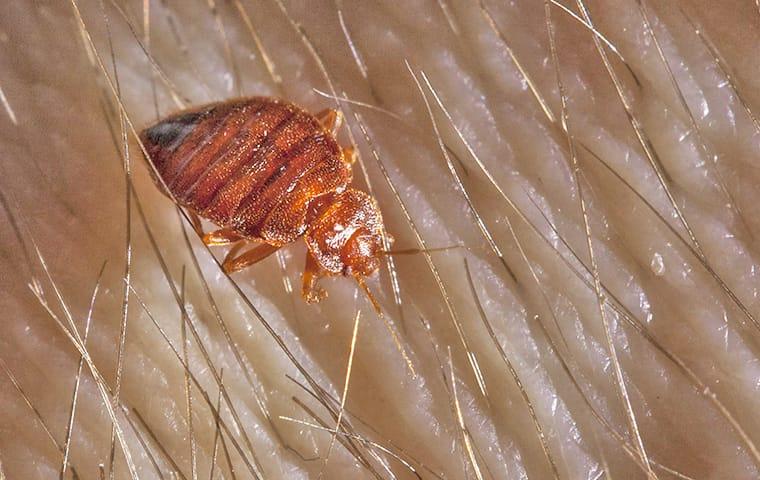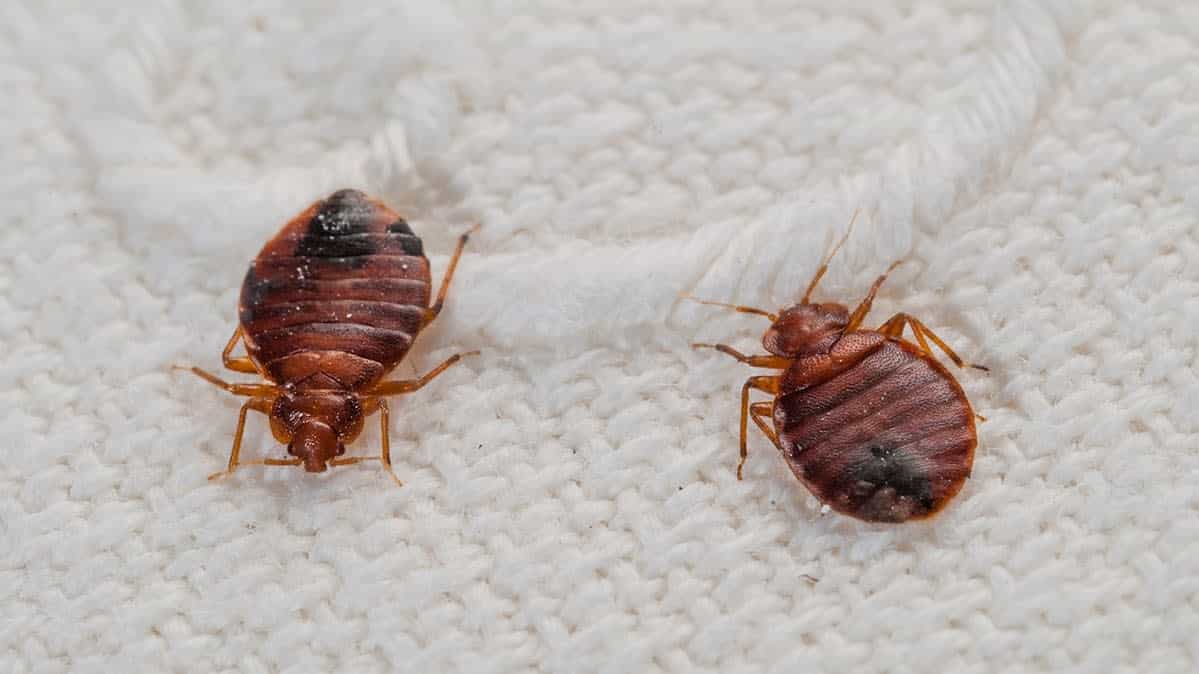Be Aware Of 5 Key Indicators Of Bedbug Issues
Be Aware Of 5 Key Indicators Of Bedbug Issues
Blog Article
Here down the page you might get a bunch of outstanding points in regards to Top Signs You Have Bed Bugs.

Tell-Tale Signs that You Have a Bed Bug Infestation
Just the thought of bed bugs is enough to send most of us into a cringe and unfortunately, they often find their way into the cleanest of homes. Most homeowners don’t even realize they have an infestation until the problem is advanced and they see active bugs, egg sacks, or nymphs. The best way to keep your home bed bug free is to inspect your beds and upholstery regularly and look for tell-tale signs that bed bugs may be nearby.
Bed Bug Signs That Are Often Overlooked
If you’ve read much about bed bugs, you know that one of the questions which comes up repeatedly is, “Are bedbugs actually invisible?” The short answer? No, not at all. Still, it’s easy to understand why people ask. The CDC explains that bed bugs “range from 1mm to 7mm (roughly the size of Lincoln’s head on a penny). … They hide during the day in places such as seams of mattresses, box springs, bed frames, headboards, dresser tables, inside cracks or crevices, behind wallpaper, or any other clutter or objects around a bed.”
That’s extremely small, and these itty-bitty insects excel at secreting themselves away in hard-to-access spaces. You may never see a bed bug even if an area in which you live positively teems with them. Indeed, rarely are such insects so common and so little understood by an average consumer. PestWorld.org, a publication of the National Pest Management Association, notes that approximately 97 percent of pest-control professionals have treated a site for bed bugs within the past year. However, “84 percent of pest control professionals were initially contacted about a different type of pest before identifying them as bed bugs.” Additionally, PestWorld.org noted that roughly 20 percent of all Americans know someone who has dealt with bed bugs or have dealt with them themselves.
Trying to hunt down extremely small and incredibly common bugs with a penchant for hiding sounds like a daunting task. Perhaps, but you generally can spot the signs of bed bugs’ presence. The problem lies with the fact that many people don’t know what to look for. If you think you might have bedbugs, try to discern the following signs.
Bed Bug Shells or Molted Skins
A prime indication that you have bed bugs is the presence of bed bug molt. But before you begin your search, you should know how bed bugs develop. Like other insects, bed bugs lack an internal skeleton, relying instead on a stabilizing exoskeleton. As they develop, they go through five different stages, growing from smaller than a pinhead into insects of about 7mm in size. Each stage requires them to shed that exoskeleton — and that’s what you want to look for.
A bed bug shell should look exactly like a little bed bug. The catch is that there isn’t a tiny animal inside that shell. It has already moved on. You may also find abandoned egg casings. They may appear pale in color and can darken based on the insects’ age.
Where should you look for these casings? Bed bugs tend to live within an eight-foot radius of where people sleep and like to secret themselves away in and around beds, mattresses, and headboards. They can turn up in the seams of furniture and luggage. During your search, you may also notice a sickly sweet odor reminiscent of raspberries and rot. This is a related sign.
Fecal Stains and Blood Stains
Bed bugs are simply gross, and one of the grossest signs of their occupancy involves the remnants and residue of what they eat. Plainly put, bedbugs subsist solely on blood, and you’re likely to find splatters where they feed. When bed bugs bite, they use an anticoagulant to make sure that the blood keeps flowing. That means you and your loved ones may bleed a little more from bites — and leave bloodstains behind on sheets, pillowcases, or pajamas.
Additionally, like all living creatures, bed bugs need to defecate, and you’ll find evidence of their feces around mattresses and on sheets. If it looks like dried blood, it basically is. In fact, if you wet and smudge it, you may notice that it reconstitutes and looks a little like blood.
How to Get Rid of Bed Bugs
Home-treatment options for bed bugs abound, but few of these work well enough for us to recommend them. Still, you can take steps that will help professionals remove bed bugs from your property.
The first step involves determining that you actually have bed bugs, which we have been covering throughout this article. In addition to following the suggestions detailed above, try to capture a sample of the bugs. This will help a pest-control professional determine if bed bugs are causing your problems.
Next, you should maintain a thorough record of when you find the pests, what signs they leave, and any bites that you experience. This provides additional important information.
Once you’ve determined that you have a bed-bug infestation, you ought to try to contain it as much as possible. This will depend heavily on exactly what items are holding the bed bugs. You may want to throw them out entirely. You may want to seal smaller items in plastic. (The EPA states that letting plastic-sealed items sit for a year guarantees the elimination of bed bugs.)
https://www.smithereen.com/blog/tell-tale-signs-bed-bug-infestation/

Do you appreciate more info about ? Post a remark down the page. We would be glad to see your ideas about this entry. We hope to see you back again soon. Are you aware of anybody else who is inquisitive about the niche? Please feel free to share it. We thank you for reading our article about Key Warning Signs And Symptoms Of Bed Bugs.
Estimate Free Report this page